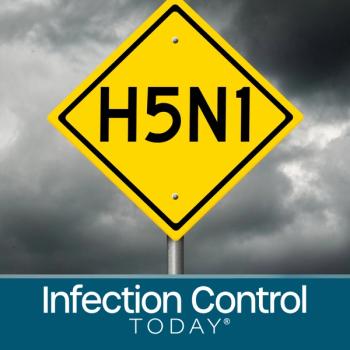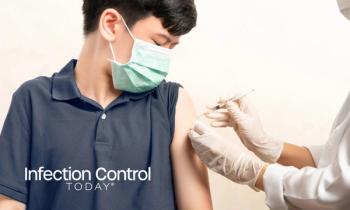
Infection Preventionists Might Perform COVID-19 Risk Assessments on Healthcare Workers
Infection preventionists may be involved in performing risk assessments of asymptomatic healthcare workers who have had exposure to patients with COVID-19.
Infection preventionists might be called upon to assess the condition of healthcare workers who may have been exposed to COVID-19, according to Connie Steed, MSN, RN, CIC, FAPIC, the president of the Association for Professionals in Infection Control and Epidemiology (APIC). Steed told Infection Control Today® that the IPs would be functioning under the
“IPs may be involved in performing risk assessments of asymptomatic HCP who have had exposure to patients with COVID-19, working with their colleagues in occupational health and other departments as well as with local health authorities, to evaluate scenarios that would elevate the risk level for exposed HCPs, assign risk, and determine the need for work restrictions,” Steed told ICT®. “In coordination with occupational health [departments] and local health authorities, IPs may also play a role in developing and implementing programs to monitor asymptomatic healthcare personnel (HCP) for the presence of fever or respiratory symptoms (cough, sore throat, shortness of breath).”
The availability of healthcare workers has become a major concern, especially since many hospitals have begun
It removes the requirement that hospitals and other healthcare facilities monitor workers to verify the absence of fever and respiratory symptoms when they report to work. This “self-monitoring with delegated supervision”-often by the facility’s infection prevention department is now optional, the CDC says. However, the CDC adds that “infection control personnel should establish points of contact between the organization, the self-monitoring personnel, and the local or state health departments of authority in the location where self-monitoring personnel will be during the self-monitoring period. This communication should result in agreement on a plan for medical evaluation of personnel who develop fever or respiratory symptoms (e.g., cough, shortness of breath, sore throat) during the self-monitoring period.”
IPs will also be involved in what the guidance calls “active monitoring,” when state or local health officials assumes the responsibility for reaching out to people who may have been exposed to see if they have COVID-19 symptoms. For those at high- or medium-risk of exposure, the communication should occur each day. On the healthcare facility’s side, “active monitoring can be delegated by the health department to the HCP’s healthcare facility occupational health or infection control program, if both the health department and the facility are in agreement.”
Healthcare workers refers to all paid or unpaid workers in hospitals or other healthcare settings who an possibly be exposed to “patients or infectious materials, including body substances; contaminated medical supplies, devices, and equipment; contaminated environmental surfaces; or contaminated air.” Clinical laboratory workers are not included.
Newsletter
Stay prepared and protected with Infection Control Today's newsletter, delivering essential updates, best practices, and expert insights for infection preventionists.






